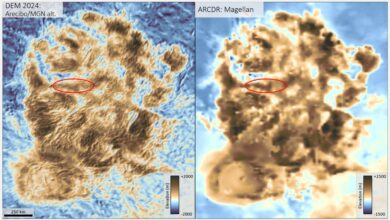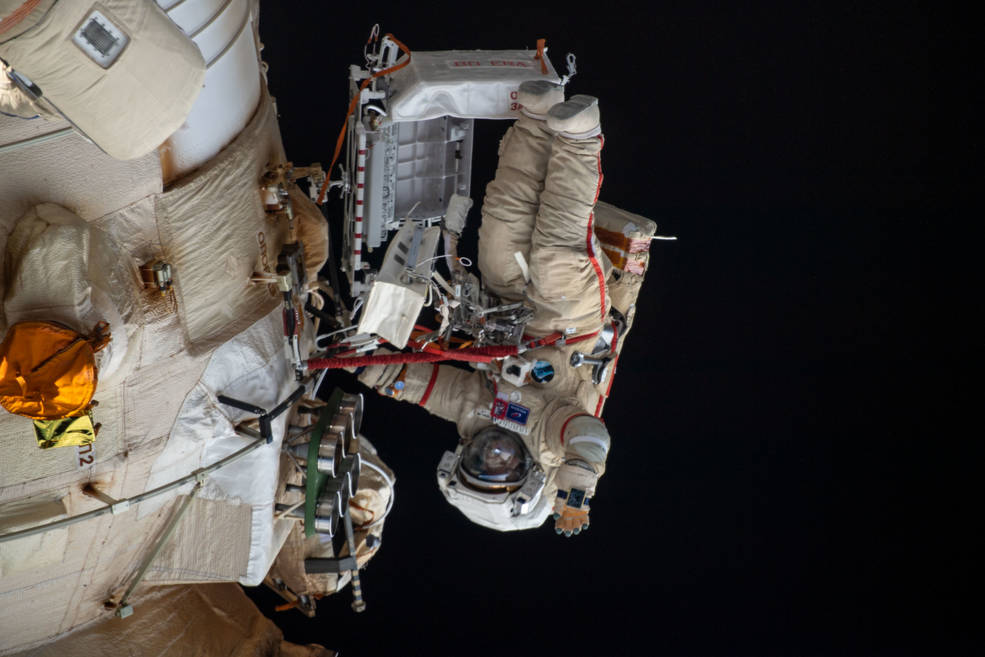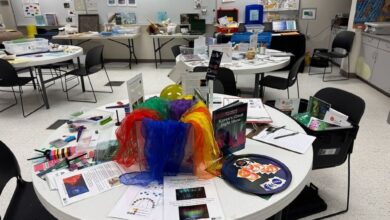Gateway: Centering Science
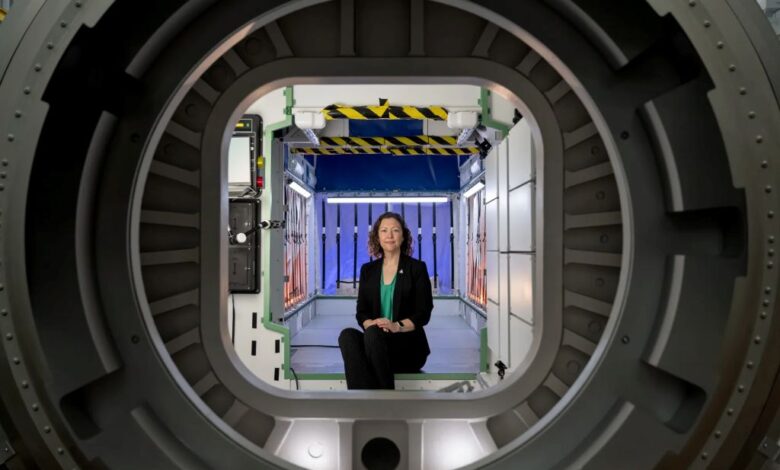
Gateway is set to advance science in deep space, bringing groundbreaking research opportunities to lunar orbit.
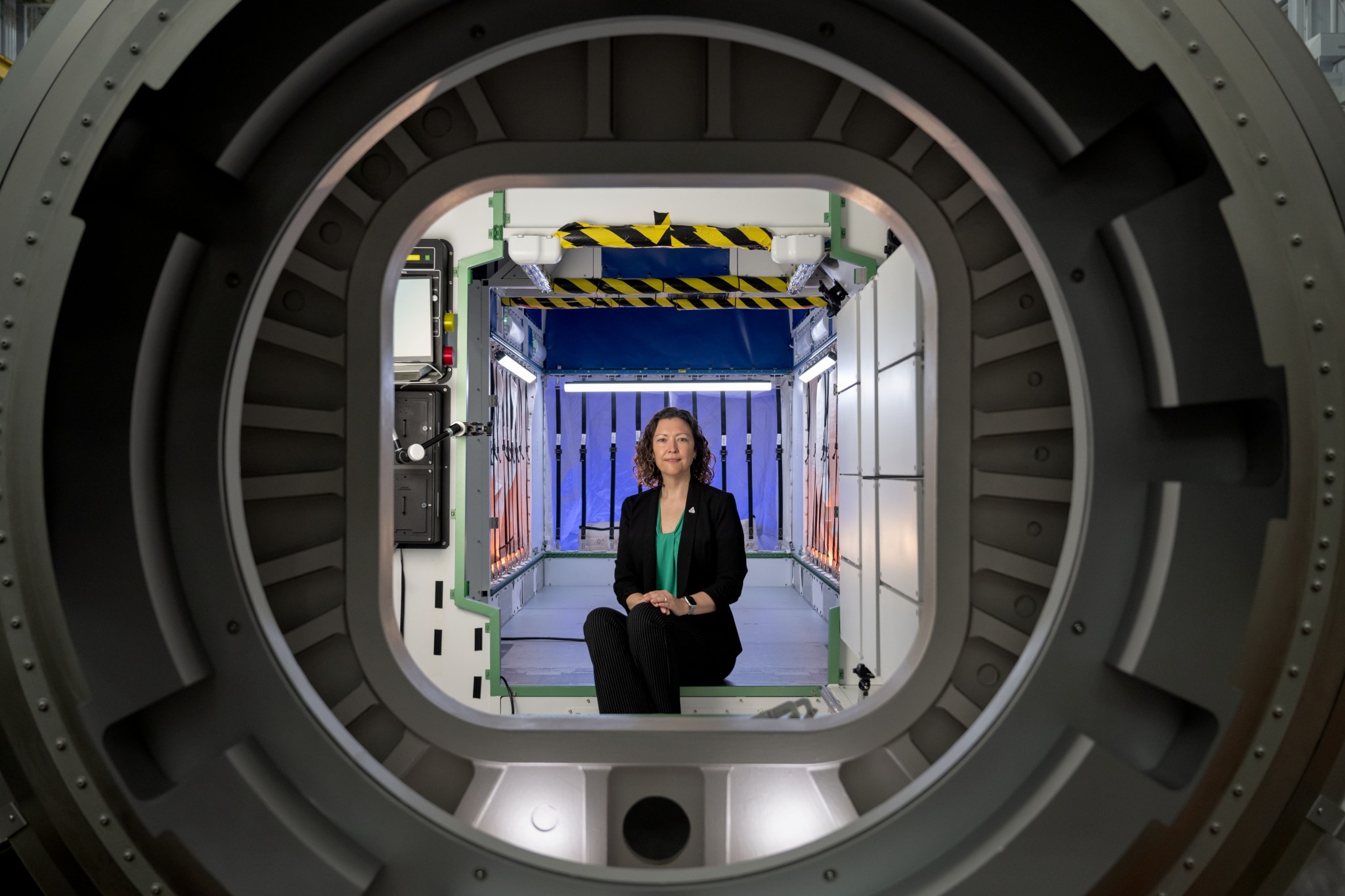
Stephanie Dudley, Gateway’s mission integration and utilization manager, sits inside a high-fidelity HALO (Habitation and Logistics Outpost) mockup at NASA’s Johnson Space Center.
NASA/Josh Valcarcel
Stephanie Dudley sits at the intersection of human spaceflight and science for Gateway, humanity’s first lunar space station that will host astronauts and unique scientific investigations.
Gateway’s mission integration and utilization manager, Dudley recently posed for this photo in a high-fidelity mockup of the space station’s HALO (Habitation and Logistics Outpost), where astronauts will live, conduct science, and prepare for missions to investigate the lunar South Pole region. Dudley works with NASA’s partner space agencies and academia to identify science opportunities on Gateway.
HALO will host various science experiments, including the Heliophysics Environmental and Radiation Measurement Experiment Suite, led by NASA, and the Internal Dosimeter Array, led by ESA (European Space Agency) and JAXA (Japan Aerospace Exploration Agency). The heliophysics experiment will fly on HALO’s exterior, and the dosimeter will be housed inside Gateway in a series of racks, mockups of which are shown to the right of Dudley in the image above. Both experiments will study solar and cosmic radiation to help the science community better understand how to protect astronauts and hardware during deep space travels to places like Mars.
“We are building [Gateway] for a 15-year lifespan, but definitely hope that we go longer than that,” Dudley recently said on Houston We Have a Podcast. “And so that many years of scientific study in a place where humans have never worked and lived long-term, Gateway is going to allow us to do that.”
Dudley pulls double duty as a deputy director for the Exploration Operations Office within NASA’s Moon to Mars Program, a role that connects her to Artemis science beyond Gateway, including science investigations on the Orion and Human Landing System spacecraft and lunar terrain vehicle.
“My work…is helping to make sure that across all of the six [Artemis] programs, including Gateway, we’re all focusing on utilization in the same way,” Dudley said.
Dudley’s team coordinates science payloads for Artemis II, the first mission to send humans to the Moon since 1972, and Artemis III, the first landing in the lunar South Pole region that is of keen interest to the global science community.
Gateway’s HALO will launch with the space station’s Power and Propulsion Element ahead of the Artemis IV mission in 2028, the first lunar mission to include an orbiting space station.
“Gateway sounds so science fiction, but it’s real,” Dudley recently said. “And we’re building it. And in a few years, it’s going to be around the Moon and that’s when the real work, the fun work in my opinion, is going to begin and science will never be the same.”
Gateway is humanity’s first lunar space station as a central component of the Artemis campaign that will return humans to the Moon for scientific discovery and chart a path for the first human missions to Mars.
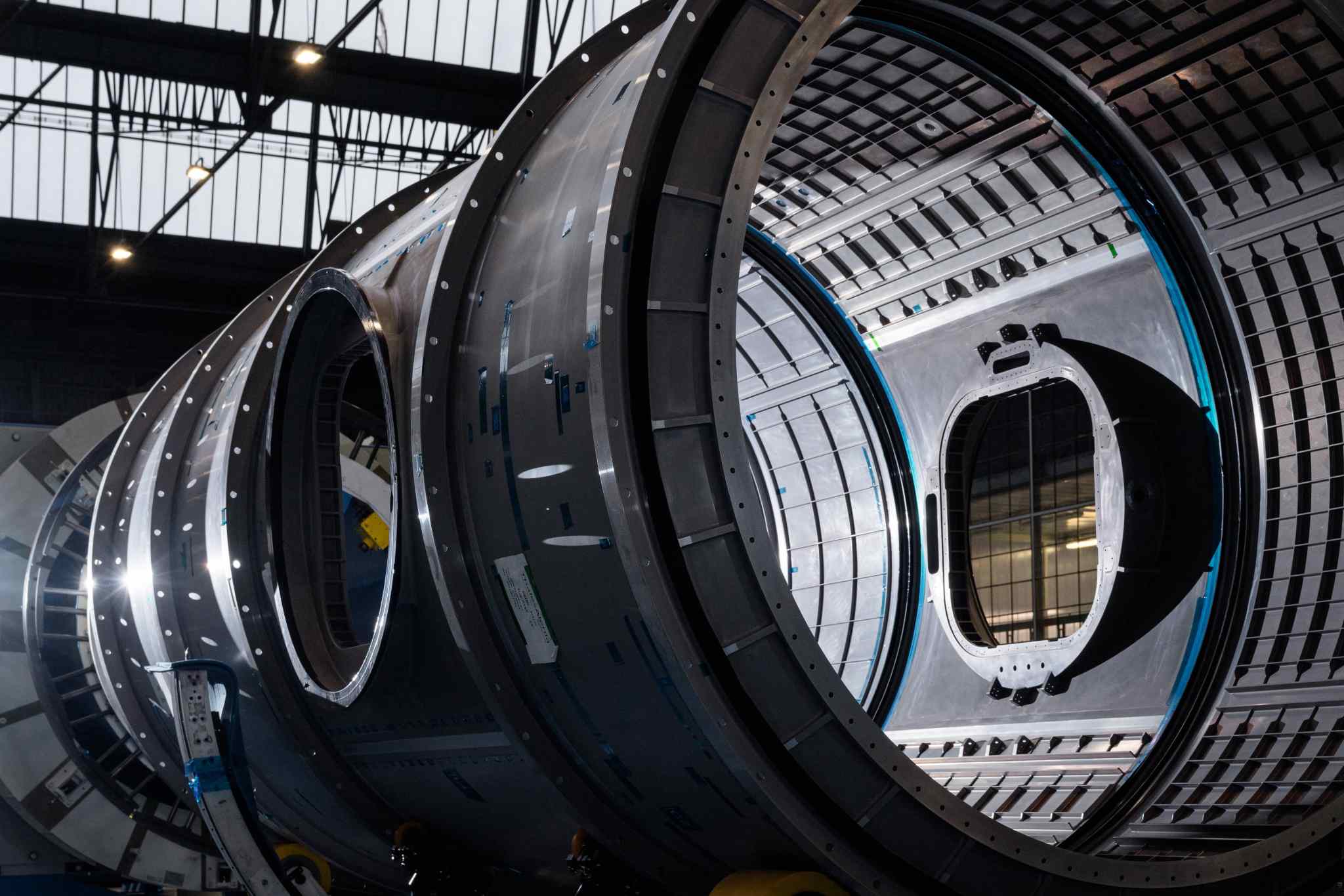
Gateway’s HALO (Habitation and Logistics Outpost), one of four Gateway modules where astronauts will live, conduct science and prepare for lunar surface missions.
Thales Alenia Space
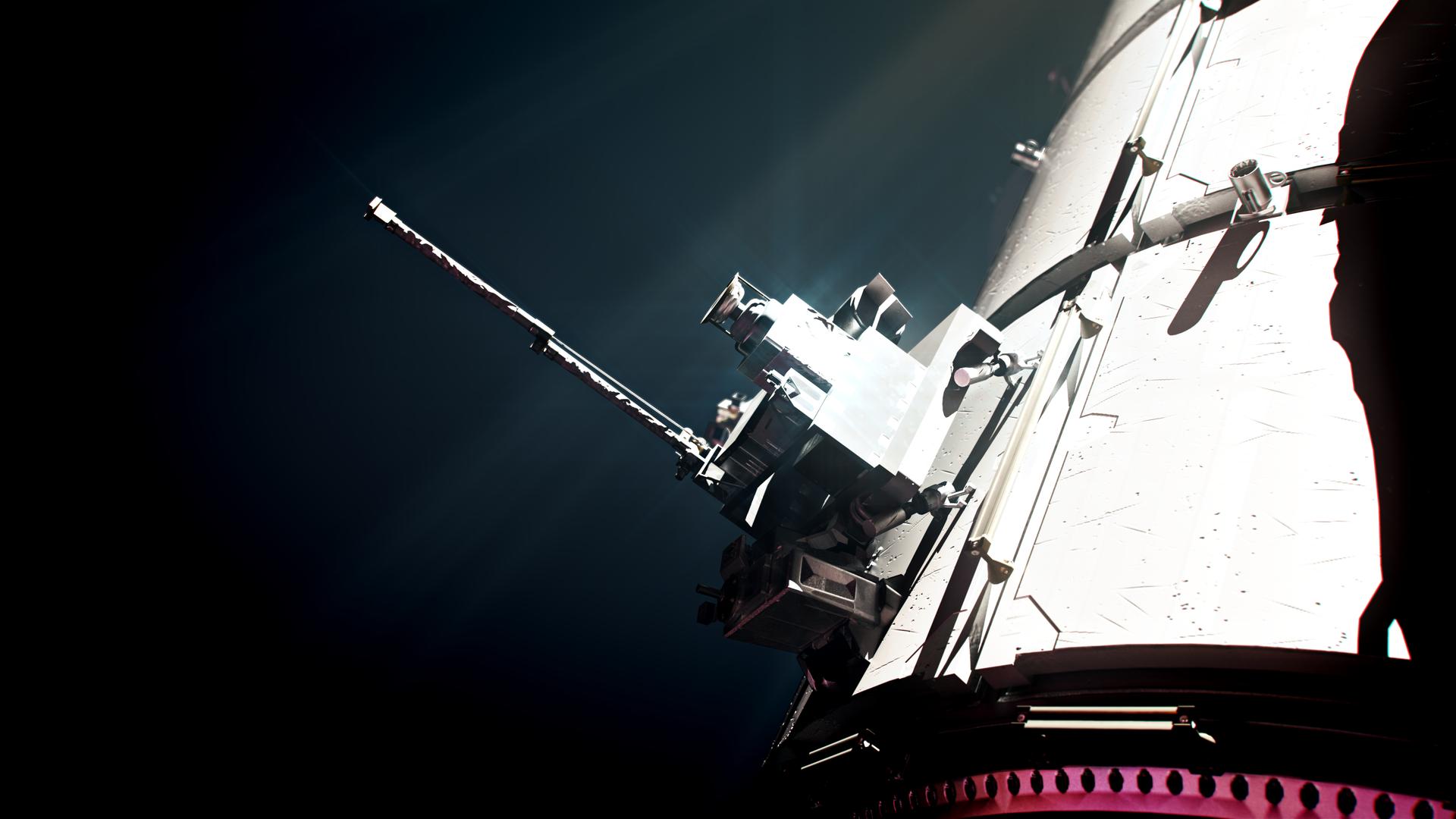
An artist’s rendering of the Heliophysics Environmental and Radiation Measurement Experiment Suite, or HERMES, one of the three Gateway science experiments that will study solar and cosmic radiation.
NASA
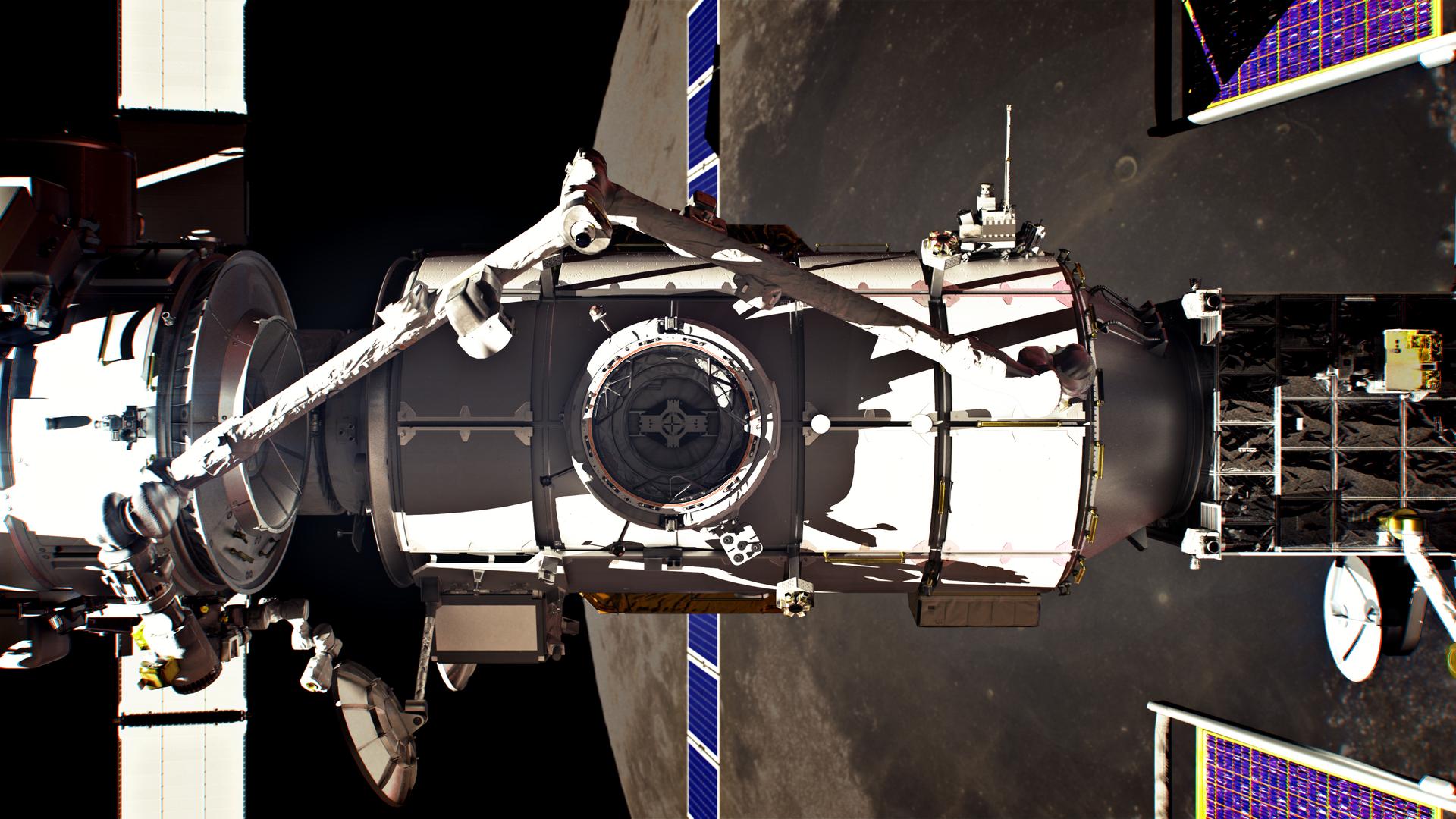
An artist’s rendering of HALO in lunar orbit. The HERMES science experiment is shown on the top right corner of the space station element.
NASA/Alberto Bertolin, Bradley Reynolds


